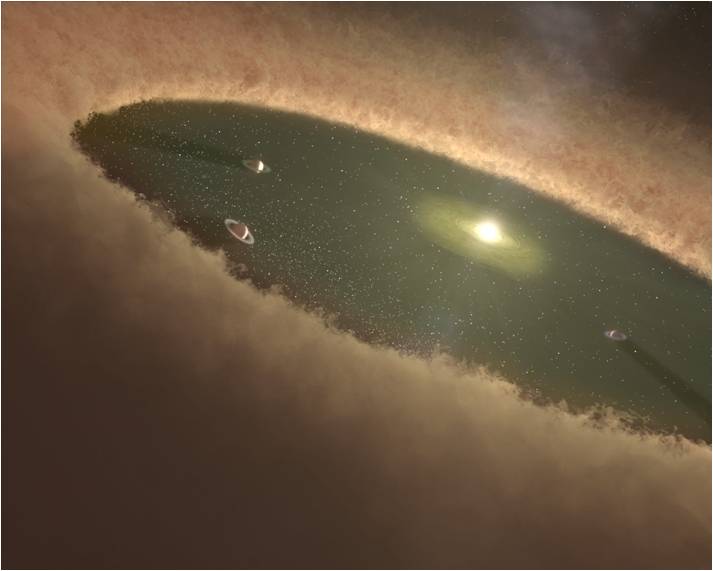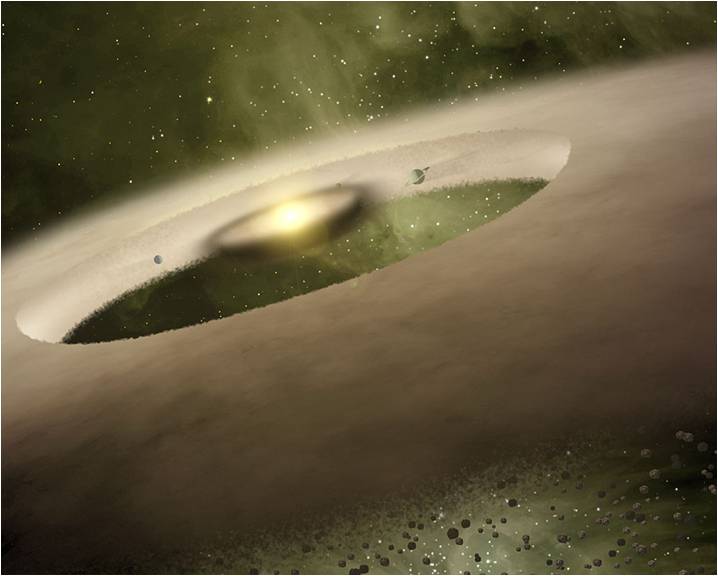 |
|
Kyoung
Hee
Kim |
|---|
 |
|
Kyoung
Hee
Kim |
|---|
Current and Past Research SummaryClick here to see the research summary in full (Updated on 9/22/11) All of my works during Ph.D program at the University of Rochester will be placed in my thesiss. Thesis title: IRS spectra of the Orion A star-forming region: the protoplanetary disk evolution.Thesis summary: In my thesis, the major theme is protoplanetary disk evolution in the Orion A star-forming region (henceforth Orion A). I took and analyzed mid-IR IRS spectra from Spitzer and near-IR SpeX/SXD spectra from IRTF of ClassII and Class III Young Stellar Objects in the Orion A cloud. Orion A is a good place to test the effects of environmental variation on disk evolution, and on planet formation in the disks, because of the large variety of cloud density, stellar density, and radiation conditions it presents. The topics with which I deal include the following:
The Research Statements: ProposalClick here to see the future research proposals in full (Updated on 9/22/11) My future research will be focused on many observational efforts and anlaysis to understand better on the protoplanetary disk evolution, the giant planet formation in disks, and the evolution of organic elements from ISM to planets. Title: Observational Constraints on Planet formation in Protoplanetary disks.Abstract: Transitional disks are protoplanetary disks with gaps or central/holes in them. As suggested by statistical studies on the properties of transitional disks to understand the origin gaps (Kim et al. 2009; Kim et al. 2011 in prep) and by some images by sub-mm or mm interferometers (e.g. Hughes et al. 2009 for GM Aur), giant planet formation seems to be the mechanism responsible for gaps in transitional disks. Deeper studies on protoplanetary disks, especially transitional disks, are indispensible for understanding how planetary system form and evolve.Here I propose observational projects for the near future as an extension of my current research to improve our understanding of transitional disks by searching for trends among system properties: mass accretion measurements, disk mass measurement, and gas line detections of transitional disks with ground based telescopes (Magellan/MMT/SMA/IRTF/ALMA) and space based telescopes (Herschel/JWST). In anticipation of significantly improved angular resolution and sensitivity with ALMA, EVAL, SOFIA, JWST, SPICA, and GMT/TMT, I also propose searches for more direct constraints on theories of planet formation, from imaging of gaps in transitional disks and direct imaging of giant planets in the gaps. Direct imaging of gaps and planets in transitional disks will always be challenging, but some systems with large gaps will be within grasp of instruments in the near future (e.g. Gemini Planet Imager), and this would provide a foundation for observations of new born giant planets in Solar-system-size gaps, with the next generation of high-contrast adaptive-optical imaging. |
